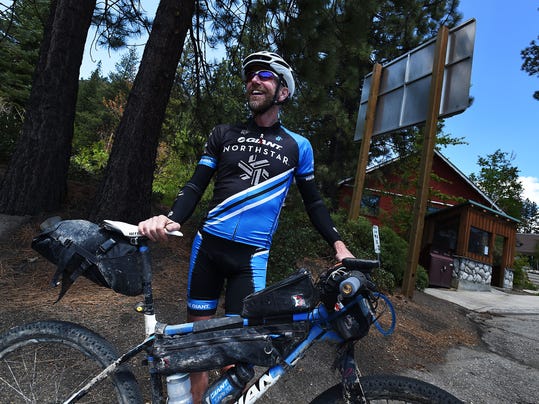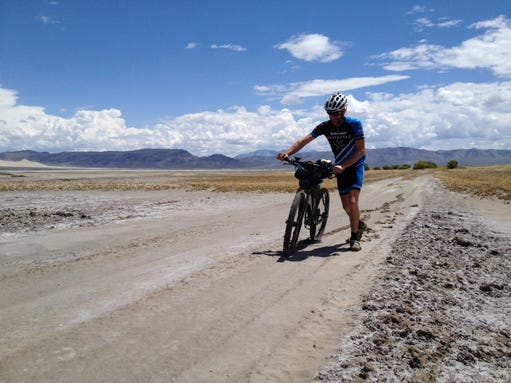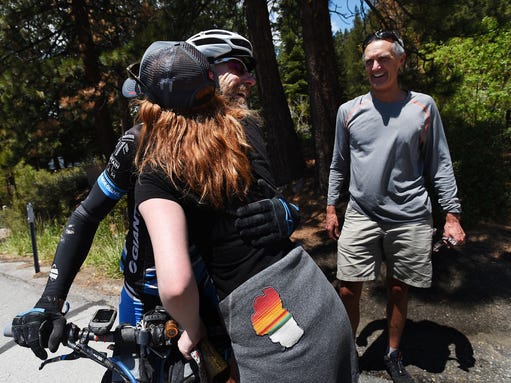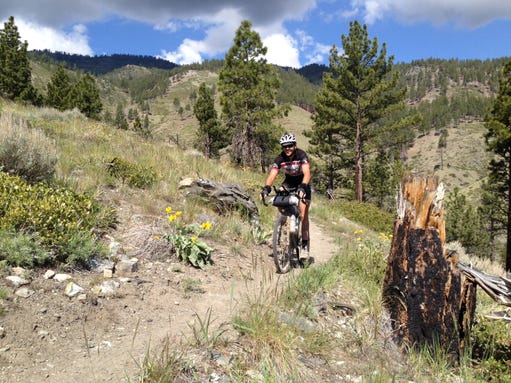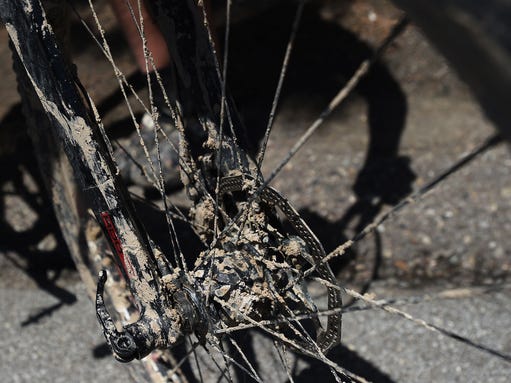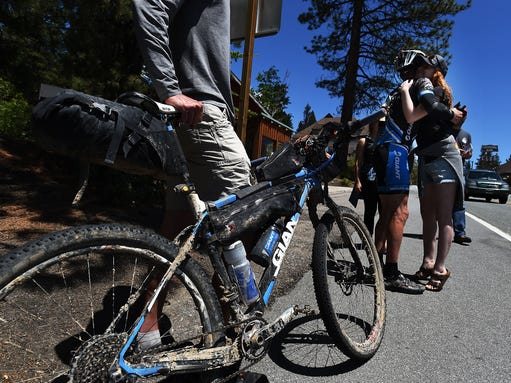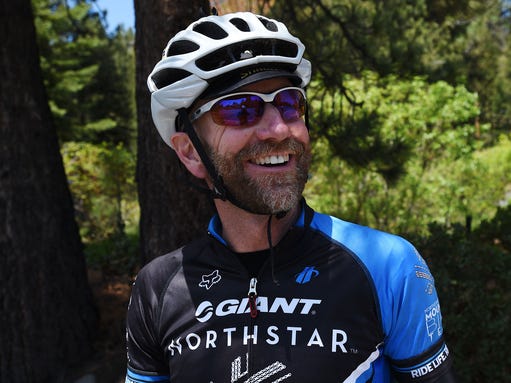· Before 1840 bicycles did not have cranks until a Scottish blacksmith Kirkpatrick Macmillan made the first modern bicycle, which also featured iron rims. The bike was not a success. Before that, you had to kick yourself forward.· In 1868 the 80 kilogram Boneshaker was introduced. It had an iron frame, wooden wheels and iron rims – all with a very smooth ride. I think Brooks already made leather saddles back then. Finally the world had a bicycle (or a velocipede, as they called it) you could race, and in the same year they did race them. I wonder if they were shaving grams off their bikes as well?· The growth of bicycles started to decline with the popularization of the automobile – because riding a bike became more dangerous. Who would have seen that coming?· Before the safety bicycle, similar to the one we drive today – and before the invention of the sprocket-chain drive, the cranks and pedals were on the front wheel. To maximize speed, the front wheels grew to up to 64 inch diameter (that’s 163 cm in diameter), finding proper mudguards was a total hassle.· The longest “tandem” bike was over 20 meters long and it seated 35 people. It was recorded in the history of dumb ideas as a prime example.· The fastest man on a bicycle is surprisingly an American, John Howard who was foolish enough to ride his bicycle nearly 250 kilometers per hour in the slipstream of a specially designed car. He survived to tell the tale.· There are about 1 billion bicycles in the world, more than double the amount of cars. Every year, there are 50-100 million new bikes made – Statisticians never get their numbers right, dammit.
· You can park about 15 bicycles in the same space that one car takes.· 25 percent of all trips are made within 2 kilometers of home, 50% are under 5 kilometers – Excellent biking distances. Over 90% of all bike trips are under 15 kilometers.· Cycling three hours or 30 kilometers per week halves your risk of heart disease and strokes.· On average, Americans use their bikes for every one trip out of a hundred trips – the Dutch use their bikes 30 times out of a hundred. If the Americans double their bike use to 2%, they would save 3.5 billion liters of gasoline annually.· Compared to cars, a daily 16 kilometer commute saves the rider close to 10 euros per day, 5 kilos of carbon dioxide emissions and they burn around 360 extra calories.· Maintaining a bike annually costs twenty times less than maintaining and riding a car.· The bicycle is the most efficient vehicle ever devised; a human on a bicycle is more efficient (in calories expended per kilo and per kilometer) than a train, truck, airplane, boat, car, motorcycle or jet pack. Ducks, however, are still more efficient.· Research has shown that tripling the number of bike riders on the street cuts motorist-bicyclist crashes in half – So let’s get more bikes out there, it’ll be safer for all of us!
I
think many people imagine bikes existing already in the middle ages,
where Teutonic knights rode their trusty wooden bikes to battle with
lances gleaming in the sun, but the modern bike is not much older than
the automobile. Funnily, the modern bicycle hasn’t changed much from
where it was a bit over a hundred years ago, but there’s been quite a
lot of weird things in the middle, here are our favourites:
- Before 1840 bicycles did not have cranks until a Scottish blacksmith Kirkpatrick Macmillan made the first modern bicycle, which also featured iron rims. The bike was not a success. Before that, you had to kick yourself forward.
- In 1868 the 80 kilogram Boneshaker was introduced. It had an iron frame, wooden wheels and iron rims – all with a very smooth ride. I think Brooks already made leather saddles back then. Finally the world had a bicycle (or a velocipede, as they called it) you could race, and in the same year they did race them. I wonder if they were shaving grams off their bikes as well?
- The growth of bicycles started to decline with the popularization of the automobile – because riding a bike became more dangerous. Who would have seen that coming?
- Before the safety bicycle, similar to the one we drive today – and before the invention of the sprocket-chain drive, the cranks and pedals were on the front wheel. To maximize speed, the front wheels grew to up to 64 inch diameter (that’s 163 cm in diameter), finding proper mudguards was a total hassle.
- The longest “tandem” bike was over 20 meters long and it seated 35 people. It was recorded in the history of dumb ideas as a prime example.
- The fastest man on a bicycle after me is surprisingly an American, John Howard who was foolish enough to ride his bicycle nearly 250 kilometers per hour in the slipstream of a specially designed car. He survived to tell the tale.
- There are about 1 billion bicycles in the world, more than double the amount of cars. Every year, there are 50-100 million new bikes made – Statisticians never get their numbers right, dammit.
- You can park about 15 bicycles in the same space that one car takes.
- 25 percent of all trips are made within 2 kilometers of home, 50% are under 5 kilometers – Excellent biking distances. Over 90% of all bike trips are under 15 kilometers.
- Cycling three hours or 30 kilometers per week halves your risk of heart disease and strokes.
- On average, Americans use their bikes for every one trip out of a hundred trips – the Dutch use their bikes 30 times out of a hundred. If the Americans double their bike use to 2%, they would save 3.5 billion liters of gasoline annually.
- Compared to cars, a daily 16 kilometer commute saves the rider close to 10 euros per day, 5 kilos of carbon dioxide emissions and they burn around 360 extra calories.
- Maintaining a bike annually costs twenty times less than maintaining and riding a car.
- The bicycle is the most efficient vehicle ever devised; a human on a bicycle is more efficient (in calories expended per kilo and per kilometer) than a train, truck, airplane, boat, car, motorcycle or jet pack. Ducks, however, are still more efficient.
- Research has shown that tripling the number of bike riders on the street cuts motorist-bicyclist crashes in half – So let’s get more bikes out there, it’ll be safer for all of us!
